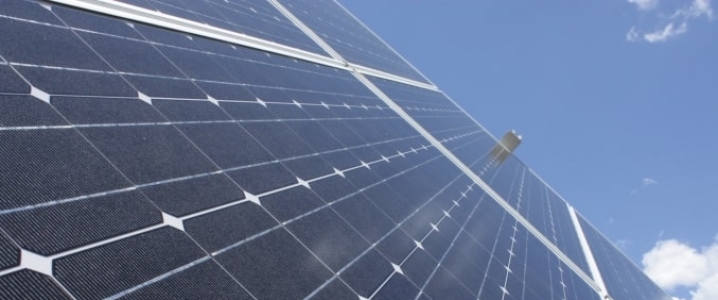When Secretary of Energy Rick Perry announced US$30 million in funding for energy storage projects at the beginning of this month, he drew praise from renewable energy-focused media as the latest indication that energy storage is so important and attractive that even fossil fuel-friendly Washington is throwing its weight behind it.
Indeed, the US$30 million that will be used for research into energy storage installations that can provide reliable electricity for periods of 10 to 100 hours is good news for renewables: solar and wind are the first thing that springs to mind when you hear energy storage. It is energy storage that can make them a mainstream method of generating electricity, replacing fossil fuel power plants.
While the praise is deserved, the Department of Energy’s move could be seen from another angle as well: it may not be only about pushing renewables into the mainstream as jumping on the energy storage bandwagon, which is getting bigger and shinier by the day. Everyone is working on energy storage—and not only to increase renewable energy use, but also to make the grid more resilient to peaks and slumps in demand.
What’s more, energy storage systems could make electricity bills slimmer in some places. Ontario is a case in point here: large companies in the Canadian province have seen their electricity bills swell considerably since 2010. In Toronto, bills jumped by as much as 53 percent between 2010 and 2016 because electricity providers passed on to them their Global Adjustment costs stemming from the provision of adequate generation capacity.
So, we’ve got boosting renewables use, improving grid resilience, and potentially cutting electricity bills among the benefits of the government’s funding program. But is this funding as substantial and significant as it may seem to some? Maybe not.
Besides the US$30-million energy storage funding, the Department of Energy recently announced that it was allocating US$60 million for what it calls advanced nuclear technology development. The department has selected 13 projects that will share the funding and has plans to award an additional US$40 million by the end of the year on more nuclear tech projects. That’s more than three times the funding allocated for energy storage.
The DoE is also pursuing coal power plants with a fresh request for information from this week: the department is seeking information about the prospects of small modular coal plants “that provide stable power generation with operational flexibility, high efficiency, and low emissions.” Related: The Real Reason Trump Killed The Iran Deal
The Department of Energy, in other words, is investing in various energy generation projects and is not giving any special treatment to renewables as the preferred direction for investments. This is not bad, however. The renewables industry itself has a way to go towards making its products more attractive for users by combining their generation installation with energy storage.
One company is already doing it. That’s Lightsource, Europe’s largest solar power developer, which recently told Greentech Media that from now on, it will only offer to build solar installations compete with energy storage—the so-called hybrid installations.
Common sense suggests this is what all solar and wind developers should be doing with or without the financial support of the Department of Energy. Deploying more energy storage might also provide further motivation for researchers to get all these new batteries we hear about almost every week out of the lab more quickly.
By Irina Slav for Oilprice.com
More Top Reads From Oilprice.com:
- Oil Markets Tremble On Iran, Israel Flare-Up
- Who Was Buying Iranian Oil And What Happens Next?
- Goldman: Oil Prices To Hit $82.50 By The Summer


















